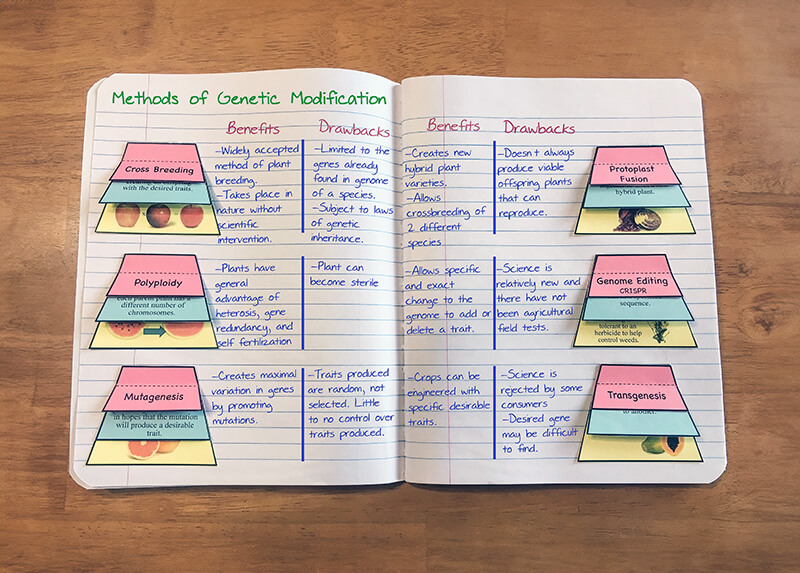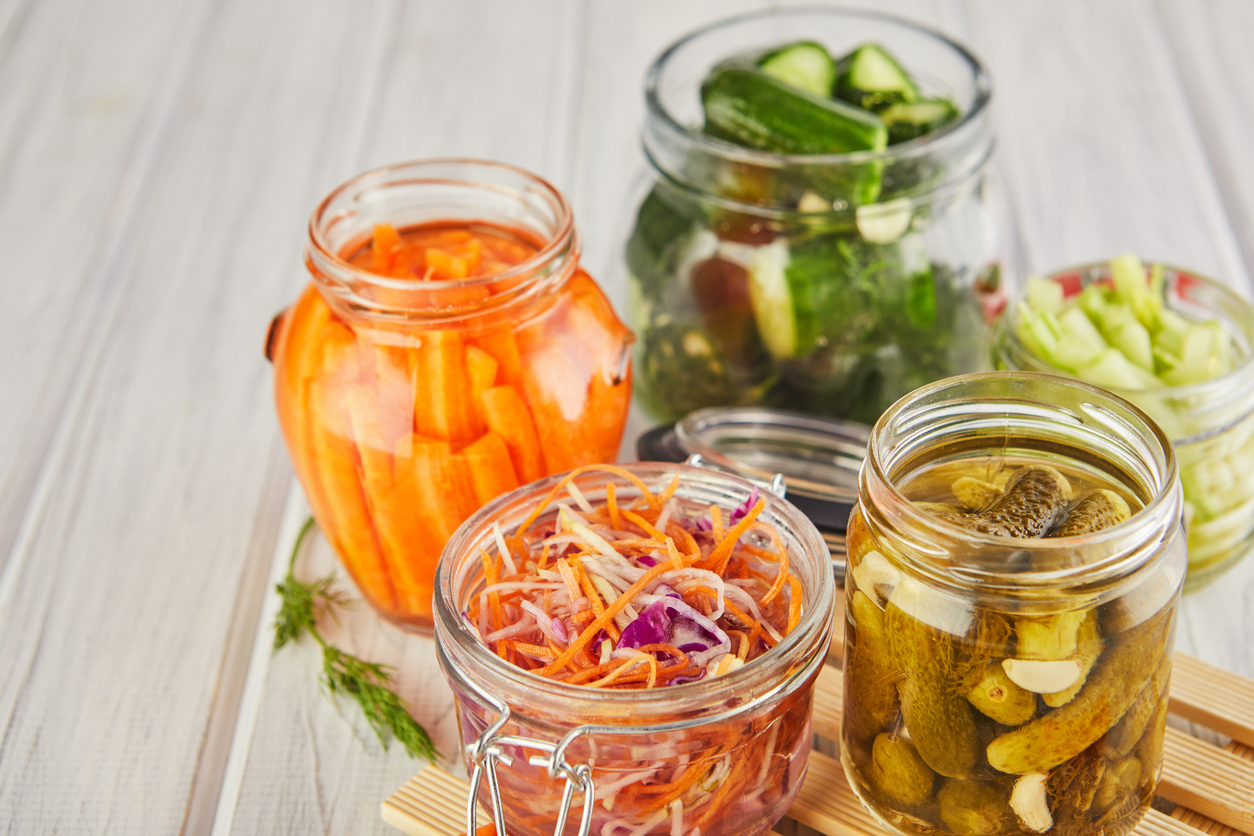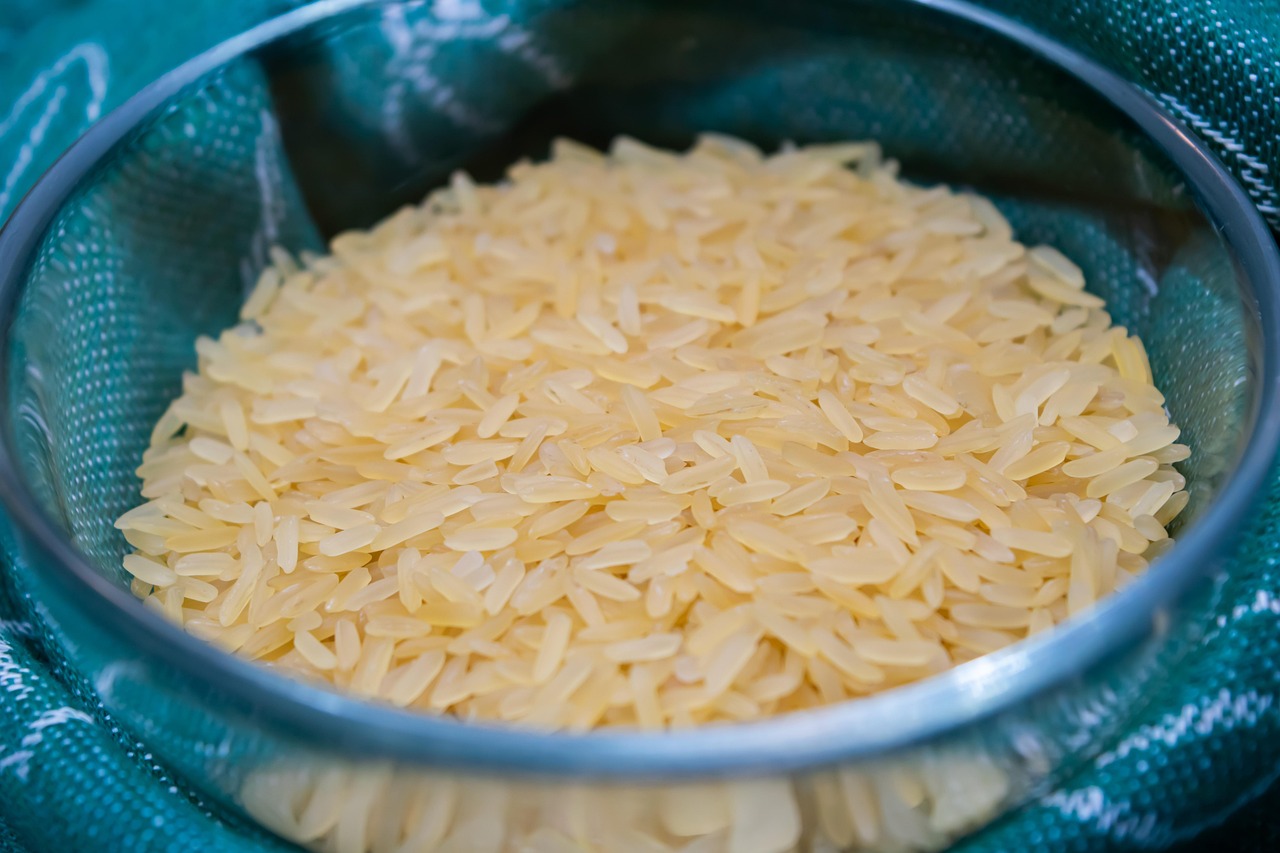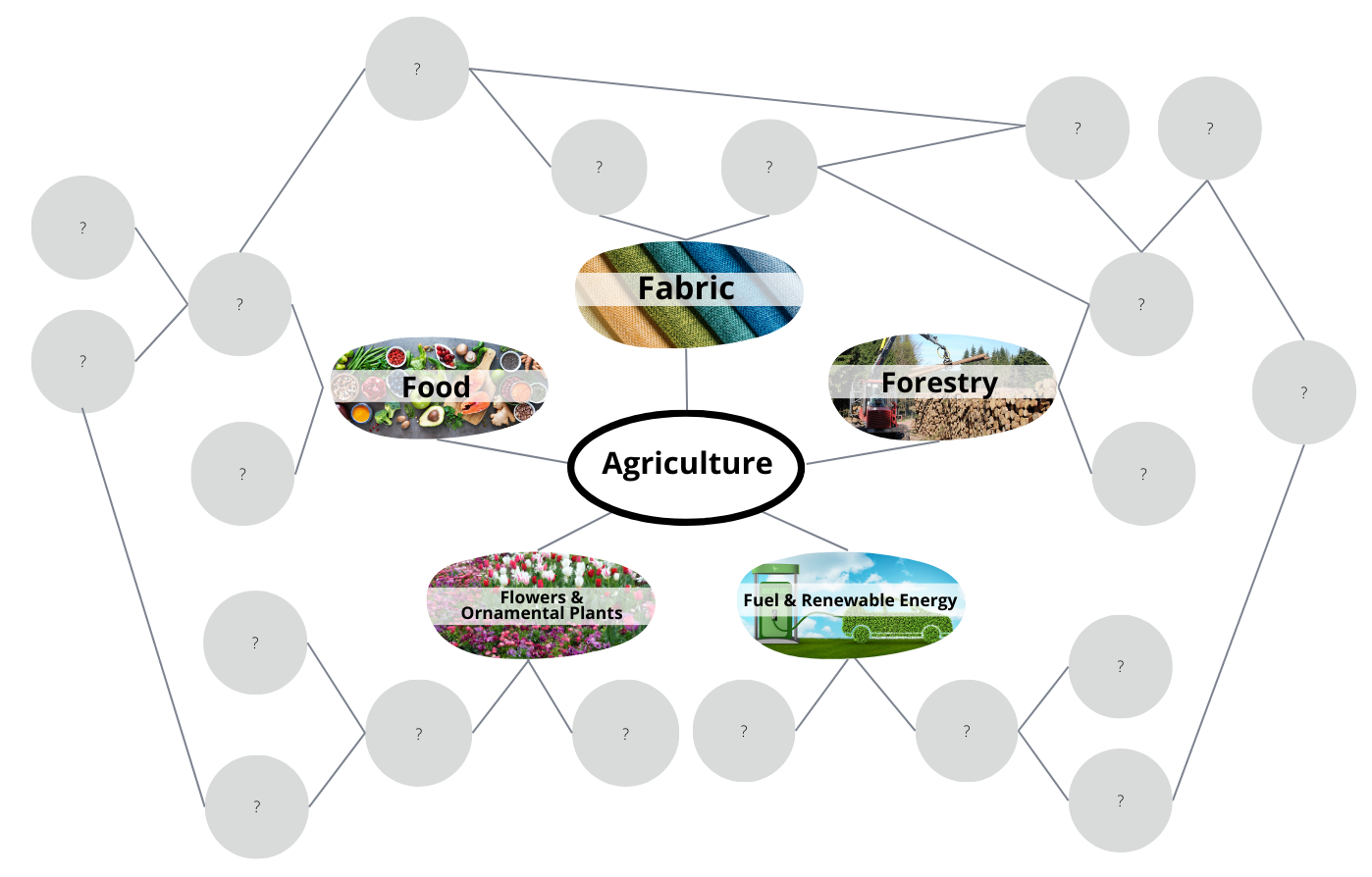
Methods of Crop Modification
Explore six scientific processes that can be used in plant breeding to modify the genotype of a plant in the pursuit of desired characteristics.

Explore six scientific processes that can be used in plant breeding to modify the genotype of a plant in the pursuit of desired characteristics.
Students will explore the varied roles that microorganisms play in the world as well as different methods for controlling their growth. Activities include using a dichotomous key to identify waterborne diseases, comparing effectiveness of handwashing techniques, reading fictional and factual excerpts about microbes, and experimenting with the growth of microorganisms on potato slices.

Students will explore and observe microorganisms at work in decomposition as well as in the production and preservation of food. Activities include creating a "decay buffet" and identifying grocery store foods that contain or are made with the help of microorganisms.
Students explore the numerous career opportunities involved in the dairy industry and solve real world math problems related to specific careers within the industry.
Students identify the differences between beef and dairy cattle and determine the commodities produced by each type of cattle.
Students explore the journey of milk from cow to ice cream, make ice cream in a bag, and discover how food engineers have developed many different processes for making ice cream.
In this lesson students apply their knowledge of physical science to dairy products to determine if the changes that take place when turning milk into cheese, butter, yogurt, ice cream, whip cream and other dairy products, is a physical or chemical change.

Through project-based learning, students solve the problem of excess beeswax, a byproduct of honey bees, by developing a useful beeswax product and marketing their product to be sold in a local boutique or farmers market.

In this lesson, students will model the responsibilities of a food scientist by working in product development teams to create a new food product. Tasks will involve market analysis, economics, food chemistry and safety, graphic design, and communication.

Students investigate the cultivation and identify the parts of rice by reading One Grain of Rice by Demi and removing the hull, bran, and germ from grains of rice.

Students will learn about the cultivation and parts of rice while also covering subjects including mathematics, economics, and geography. Activities include reading One Grain of Rice by Demi and removing the hull, bran, and germ from grains of rice.

Explore how we are each connected to agriculture through our food, clothing, shelter, fuel, and more. Students will be introduced to agriculture and begin to recognize the depth and complexities of agricultural systems locally and globally.